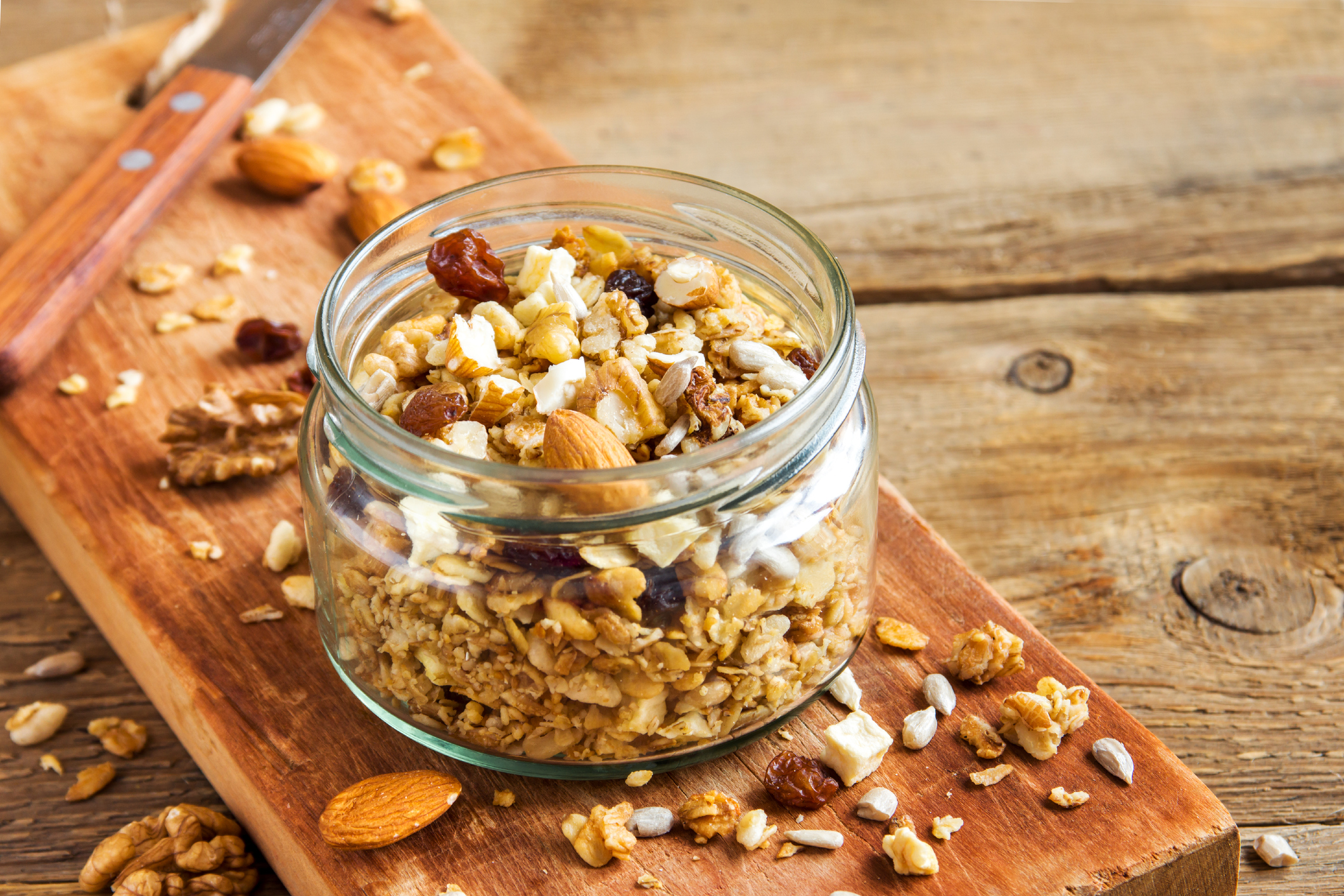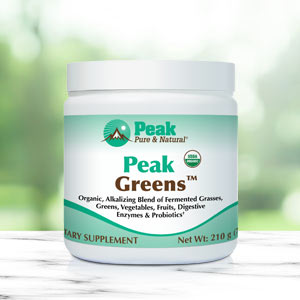Get Easy Health Digest™ in your inbox and don’t miss a thing when you subscribe today. Plus, get the free bonus report, Mother Nature’s Tips, Tricks and Remedies for Cholesterol, Blood Pressure & Blood Sugar as my way of saying welcome to the community!
Phytic acid: The antinutrient found in healthy foods

Phytic acid is an important phytate found in many beans, grains, legumes, seeds and nuts. It stores phosphorus that’s released for use by the seedling once the seed sprouts.
Some foods that can be particularly high in phytic acid include almonds, walnuts, rice bran, wheat bran, peanuts and sesame seeds.
The biggest downside to consuming foods high in phytic acid is that phytic acid interferes with the body’s ability to absorb some essential minerals, particularly iron and zinc, as well as calcium, copper and magnesium.
This is because phytic acid binds to these minerals in the digestive tract, which prevents the body from breaking them down and absorbing them.
Knowing this, you may think all foods containing phytic acids are bad (and that’s a little confusing considering that almonds are considered one of the world’s most nutritious foods).
So let’s dig into the conundrum…
The better side of phytic acid
For one, phytic acid’s mineral-blocking action only occurs during the meal in which you’re consuming the food containing phytic acid. It doesn’t apply to your body’s overall absorption of nutrients throughout the day.
For instance, if you grab a handful of almond trail mix for an afternoon snack, the almonds may affect how much iron, zinc and calcium you absorb from the mix. But it won’t impact your absorption of the nutrients in your dinner.
If you eat a well-balanced diet, particularly one containing meat and dairy, phytic acid likely won’t cause any significant mineral deficiencies.
However, phytic acid can be a real problem for vegans. Since they get all their nutrients from plant-based foods, vegans may end up short on these minerals because of phytic acid’s blocking properties.
As much as we talk about the negatives associated with phytic acid, it also has some pretty significant health benefits.
Phytic acid is an antioxidant with anti-inflammatory properties that studies have found may potentially protect against kidney stones, osteoporosis and cancer. And phytic acid could be the reason why consumption of whole grains has been linked with a reduced risk of colon cancer.
To consume or not to consume?
So, does this mean we should stop worrying about phytic acid? Not necessarily. If your diet isn’t well-balanced, or you have an iron or zinc deficiency, you’ll want to avoid consuming too much phytic acid or it could worsen your mineral deficiency.
The good news is you don’t necessarily have to give up all foods containing phytic acid — you just need to be careful how you consume them.
Raw, unprocessed plant-based foods contain the highest levels of phytic acids, so you should avoid eating things like raw almonds or peanuts or unprocessed whole grains, especially if you know you have an iron or zinc deficiency.
But, there are many ways you can destroy phytic acids in these foods before eating them. For example, fermenting soybeans significantly reduces the amount of phytic acid. Some healthy fermented soy foods include miso, soy sauce, soy kefir, natto and tempeh, a fermented soybean cake often used as a plant-based meat alternative.
Soaking beans, legumes and grains like millet overnight before cooking them also minimizes the amount of phytic acid. And sprouting beans and legumes destroys the phytic acid they contain.
Cooking, baking and processing these foods can help reduce the amount of phytic acid in them. But processing foods like grains also lowers the amount of fiber and nutrients they contain.
If you continue to consume high amounts of phytic acid, you may want to consume more foods that enhance mineral absorption, such as garlic and onions. Both these foods increase your body’s absorption of minerals like zinc and iron.
Editor’s note: Did you know that when you take your body from acid to alkaline you can boost your energy, lose weight, soothe digestion, avoid illness and achieve wellness? Click here to discover The Alkaline Secret to Ultimate Vitality and revive your life today!
Sources:
Foods High in Phytic Acid — WebMD
Phytic Acid 101: Everything You Need to Know — Healthline
What Is Phytic Acid? — Verywell Health













